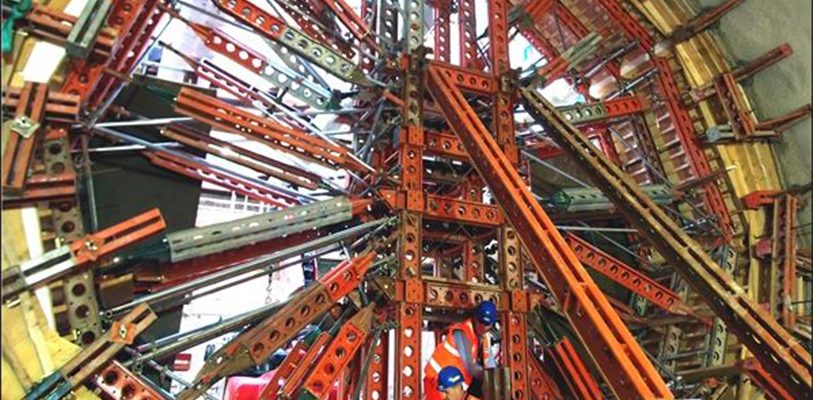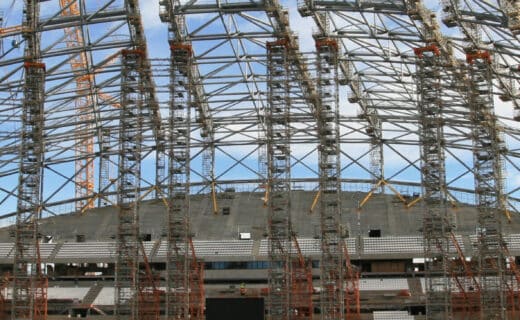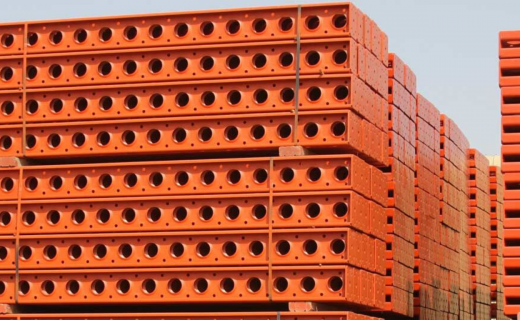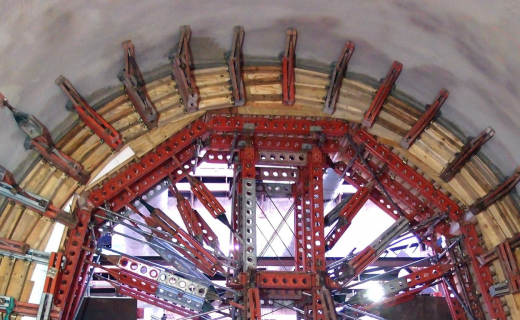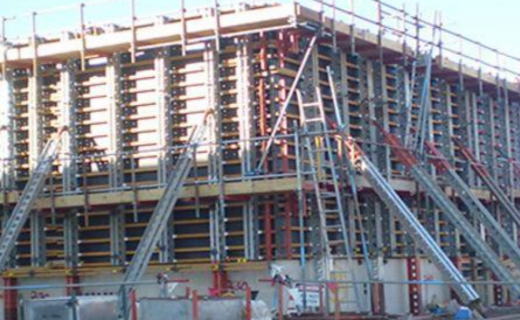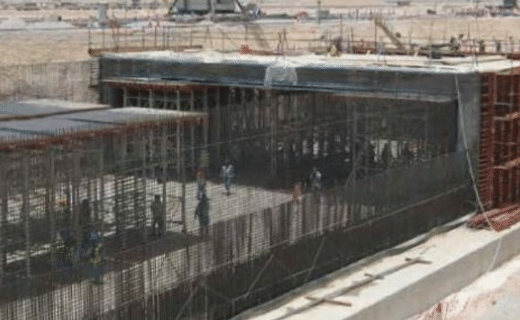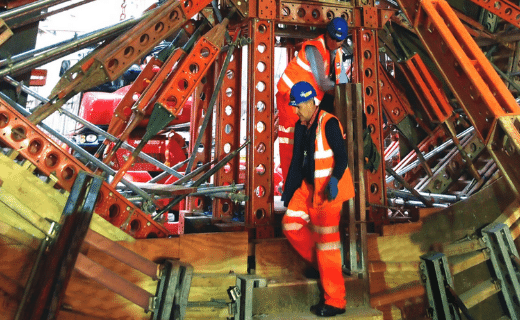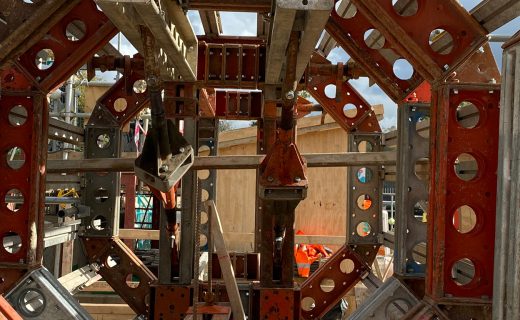Safe and efficient tunnel form construction solutions
From cut-and-cover tunnelling to tunnel linings, Altrad RMD Kwikform has a strong reputation for tunnel form construction. Key considerations include the shape of the tunnel - some might have a curved, circular crown, whereas others could have a flat soffit or haunches between the walls and the soffit. The length of the tunnel will also play a role in the type of equipment used, as a tunnel passing under a rail embankment will generally not need a specialist system, unlike a tunnel extending some miles, which will be better suited to take advantage of features such as structural steel and hydraulic equipment.
The duration of the project and turnaround deadlines will also impact on the best tunnel formwork system for the job.

